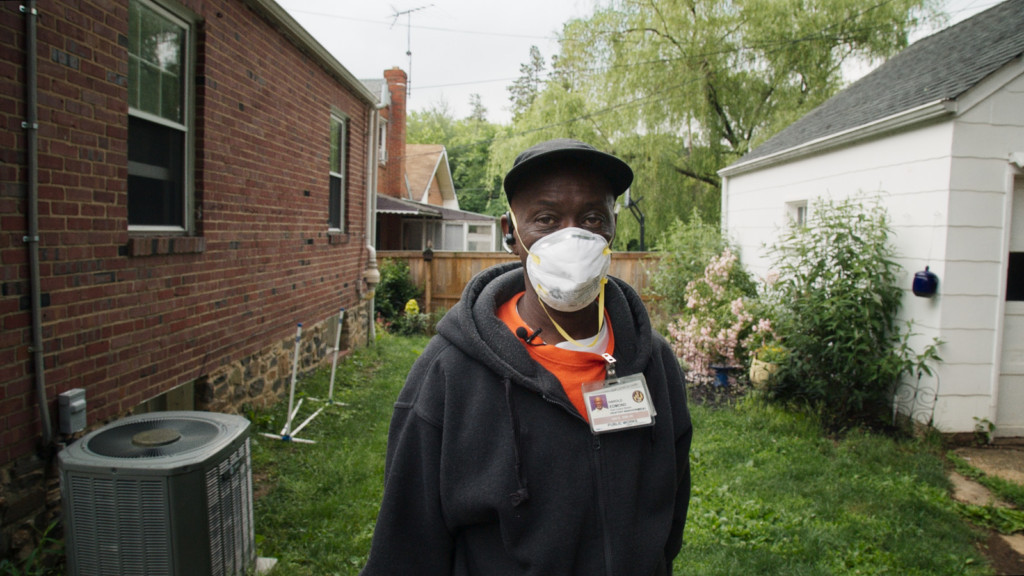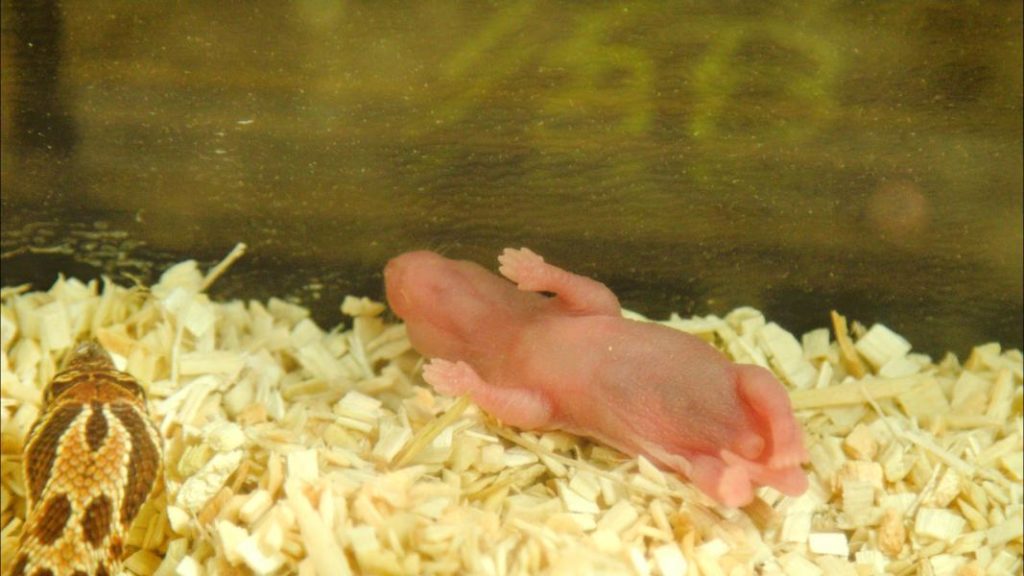Even if the sight of a Norway rat trying to jump out of a garbage can might trigger musophobia in some individuals, Rat Film is a worthwhile documentary that cleverly uses the subject of rodent eradication as a springboard for becoming more aware of the problems of institutional racism.
And, this award-winning 2016 documentary has matured well, in terms of being relevant for highlighting the sharpened racial divide as the city of Baltimore is one of numerous urban hotspots in the COVID-19 pandemic. The Utah Film Center will present a live stream of the film, free and open to the public, Tuesday, April 21, at 7 p.m., followed by a Q&A with Theo Anthony, Rat Film’s director. The program can be accessed at this Utah Film Center link.

Anthony delivers handsomely on a film that moves back and forth with surprising ease from segments that define conventional and solid documentary filmmaking, including excellent archival materials, to experimental passages of surreal kaleidoscopic effect, emphasized beautifully by a boffo soundtrack composed by Dan Deacon along with narration by Maureen Jones. It is in those experimental sections where Anthony expands the thematic exploration to underpin Baltimore’s long history of neighborhood segregation, redlining and societal practices that have continued despite court decisions finding such practices unconstitutional.
In the more conventional documentary segments of the film, Anthony introduces the viewers to rodent exterminators in official and unofficial capacities (including two African-American men, armed with baseball bats, using peanut butter and lunch meat to trap the rats and a self-appointed trucker-hat-wearing ‘rat czar’ who uses a small arsenal of weapons as if he is hunting big game). Standing out among the subjects, however, is Harold Edmond, a city employee in the Rat Rubout program, which is operated by Baltimore’s Department of Public Works and considered one of the nation’s most aggressive and effective efforts of its kind.
At one point, Edmond says, “There ain’t never been a rat problem in Baltimore. There’s a people problem.” It’s a significant statement. He explains that the rat population could be controlled with efforts that reduce the stock of vacant and abandoned houses, improve the quality of sewer and water utility services and ensure that garbage is picked up as frequently as possible.
Edmund’s work seems to be most focused in some of the city’s most economically distressed and neglected neighborhoods. One of those areas is the Sandtown-Winchester neighborhood, where Freddie Gray was killed by police on April 19, 2015. Shortly before he completed Rat Film, Anthony released the documentary Peace in the Absence of War (2015) about the demonstrations following Gray’s death.
Anthony layers this context deftly with decades of history about rat extermination in the city, which touches on the behavior of these critters as well as projects at nearby Johns Hopkins University to create effective rat poisons that kill the animals without harming humans. There was one study examining the effects of overcrowding rats, which led the researcher (John B. Calhoun) to describe, in a report published in 1962 in Scientific American, the outcome of the rodents becoming more aggressive and violent toward each other as an example of the behavioral sink. That research led to numerous misguided interpretations about the findings as suggesting that overcrowded city neighborhoods could lead to similar behavior and moral decay.
Anthony’s cinematic treatment of the research of Calhoun and others at Johns Hopkins University is noteworthy for not only questioning the research integrity and ethics of such a conclusion but also its potentially dangerous applications – namely, that humans are not rats or mice, in the face of scientific study conclusions.

As medical historian Edmund Ramsden explained in a 2008 piece published in The NIH Record, “Another researcher, Jonathan Freedman, turned to studying actual people — they were just high school and university students, but definitely human. His work suggested a different interpretation. Moral decay could arise ‘not from density, but from excessive social interaction,’ Ramsden says. ‘Not all of Calhoun’s rats had gone berserk. Those who managed to control space led relatively normal lives.’”
And, amidst the COVID-19 pandemic, the question remains, as the film’s narrator summarizes the city’s entrenched segregation with the words, “old maps, new maps, same maps,” is when the leaders and coalitions finally will summon the political will to undo the many decades of policies that have perpetuated these deep disparities.
The Utah Film Center continues to offer free, public live stream screenings every Tuesday at 7 p.m. Films for kids and families also are available for streaming, at a nominal charge on the Tumbleweeds On Demand platform.
